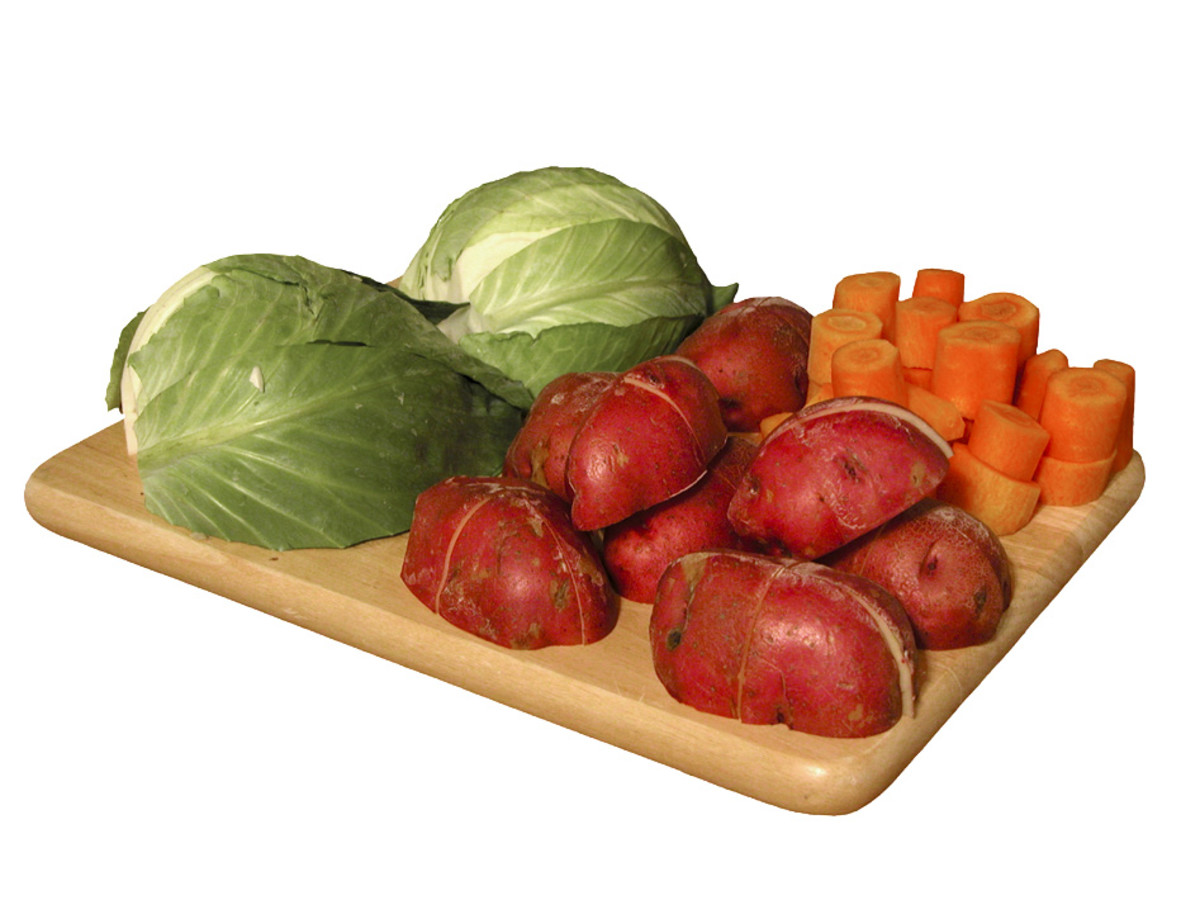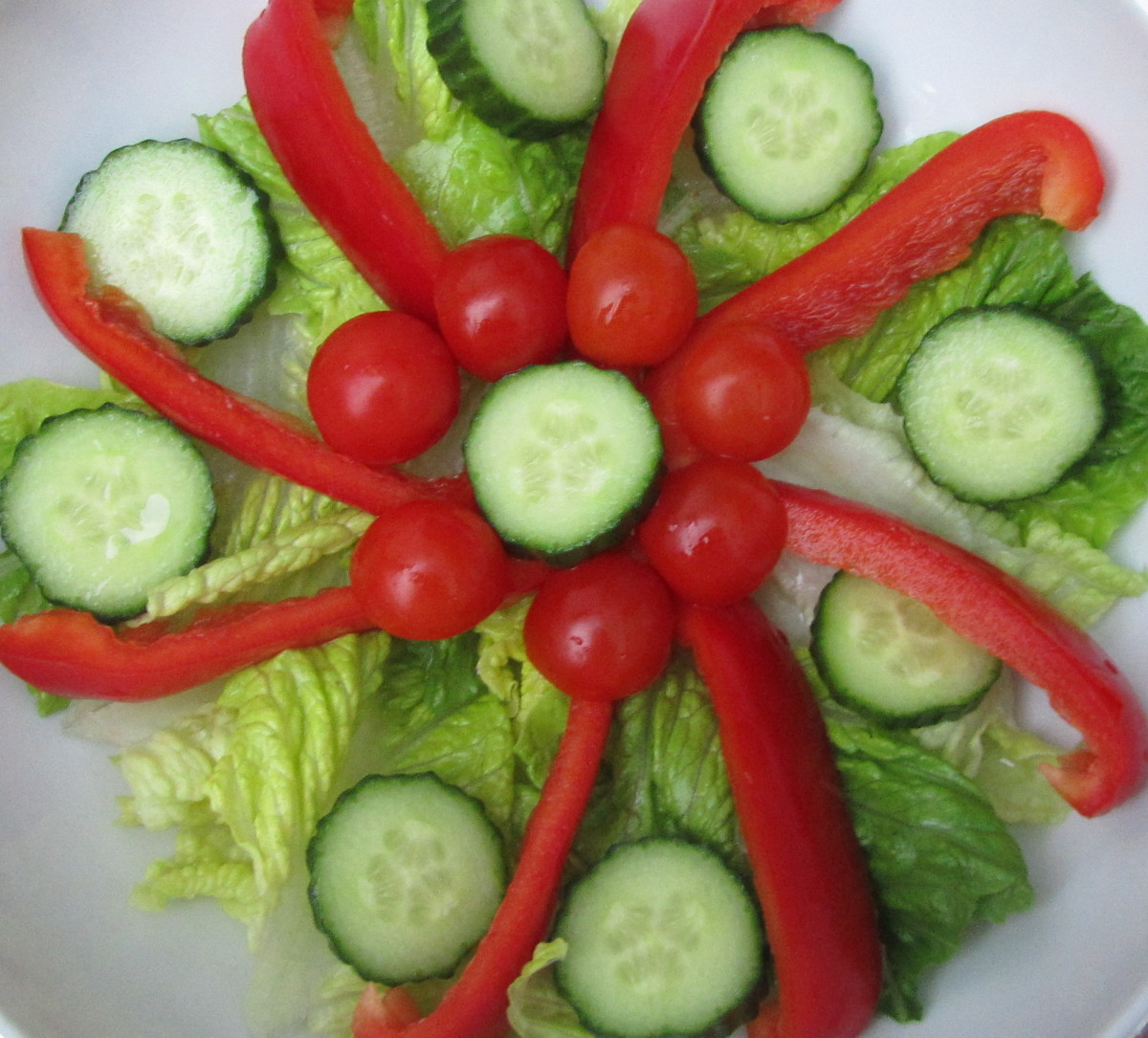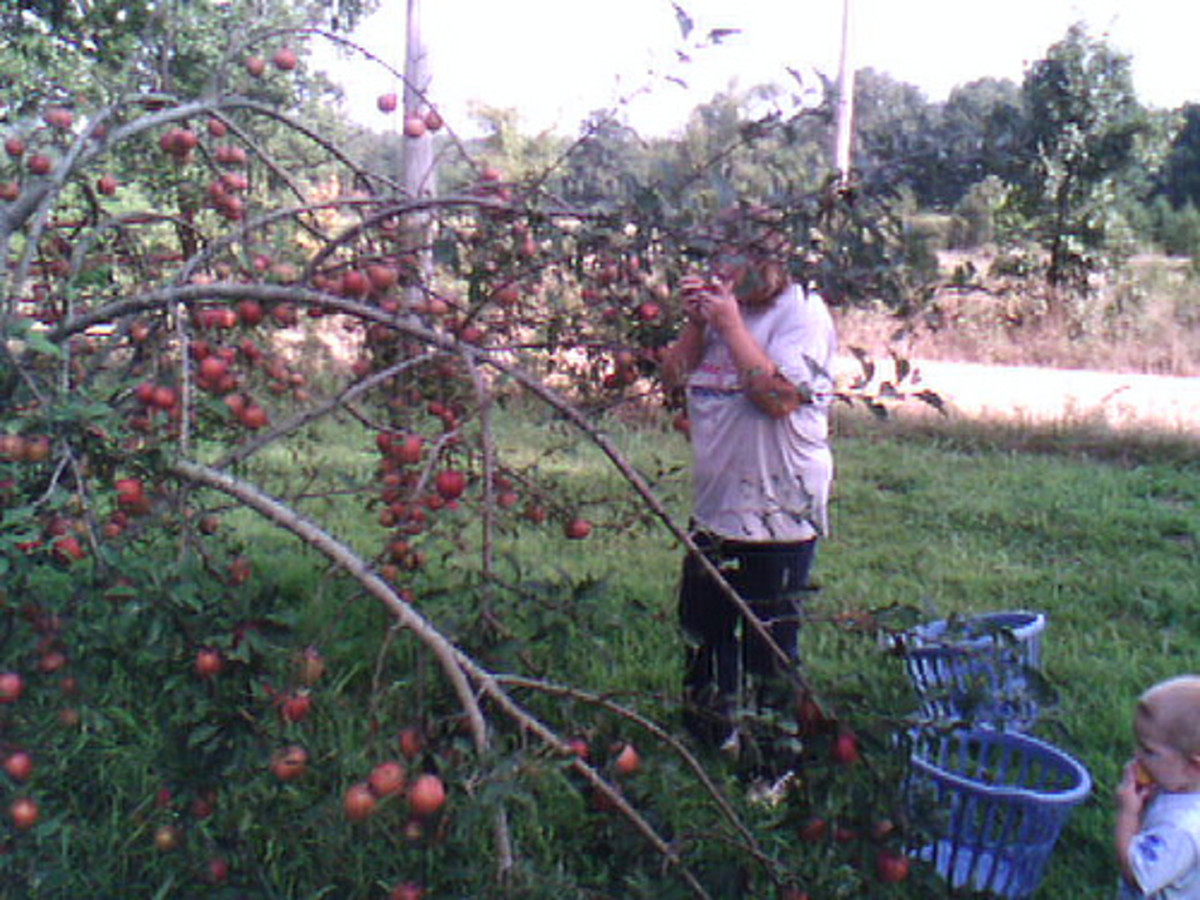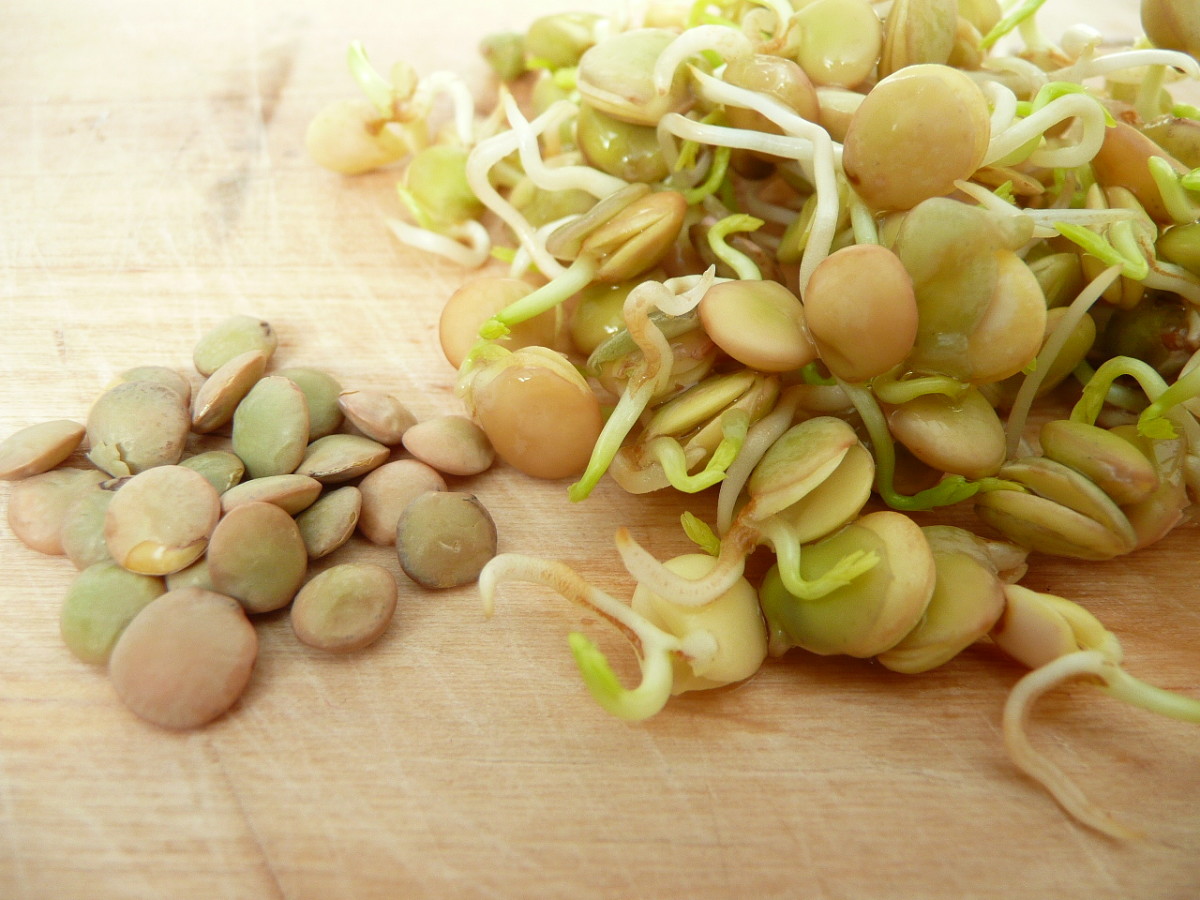The Hospitality Guru: (cooking) Back to Basics - Salad Preparation

Leaf vegetables suitable for salads: There are many varieties of salad greens. While the majority of them are available year round, the quality and price will vary with the season and area in which they are grown. Quality and price are generally most favourable when green vegetables are in season.
Iceberg Lettuce: This is perhaps the most familiar salad green, distinguished by its firm, compact head with light green leaves. Iceberg lettuce is also used extensively as a base and as an ingredient in a large variety of mixed salads.
Butter crunch lettuce: Has a fine, loose, yellow to pale green leaf. It has a delicate flavour and is excellent for a leafy salad.
Coral Lettuce: Colour shades from pale green at the base to a reddish colour at the rip. The leaves are compact and curly.
Cos Lettuce – Romaine: Cos lettuce has an elongated head with slender, loose green leaves which are fairly coarse in mature plants. It retains its crispness, and is used in mixed green salads.
Lamb’s tongue lettuce (corn salad): With delicious, dark green leaves the size and shape of a lamb’s tongue.
Mignonette: There are two types of mignonette, red and green. The mignonette has a loose, flat, broad leaf, similar in structure to an iceberg lettuce but smaller in size.
Mustard Lettuce: Has a green, short and curly leaf. It has a hot mustard flavour.
Red Oak Lettuce: Also known as Elk-Horn. The base is a pale green colour; the tip of the loose leaf is red, similar to butter crunch.
Curly Endive: This lettuce forms a spread out bunch with thin, twisted leaves, curly on the outer edges. Colour shades from dark green outside to pale yellow or white in the centre. It has a slightly bitter taste.
Escarole: Sometimes referred to as broad leaf endive, escarole is fan shaped, with a flat head and broad, loose leaves. Darker green than its cousin, curly endive, it is rather bitter in taste.
Belgian Endive – Whitlof: A tightly packed, narrow, pointed head with a spear-like shape.
Radicchio: A round deep red endive with a white contrasting rib. It looks rather like a large red Brussels sprout.
Cress (Peppergrass): The pungent flavour of the tightly curled leaves are a nice addition to salads.
Watercress: Sometimes used in green salads, watercress is more extensively used as garnish for salads, fruits and main dishes. It has tiny green leaves similar to small clover and its taste is peppery.
Mediterranean rocket: Rocket, or Italian cress as it is sometimes known, is one of the most versatile salad greens. The leaves have a delicious spiciness, though the flavouring can become overpoweringly hot in mature plants.
Mustard greens: These have powerful, fiery taste.
Chinese cabbage: Chinese cabbage has a long, narrow head with green leaves shading to white in the centre. It resembles cabbage in taste, but is somewhat milder, crisp and bitey. It is excellent for mixed salads.
Bok Choy (Pak choi or Chinese chard): Buy the smallest available, separate the leaves, wash well, dry, and slice into small pieces.
Dandelion: This should be picked in early spring before it flowers. It can be very bitter, so use in small quantities.
Herbs suitable for salads
- Basil, red and green
- Chervil
- Chives
- Coriander
- Fennel
- Marjoram
- Mint
- Oregano
- Parsley
- Tarragon
- Thyme
Spices suitable for salads
- Caraway
- Coriander
- Cumin
- Juniper
- Mustard
- Pepper
- Salt
Other Flavours
- Ginger
- Sesame paste (tahini)
- Soy sauce (tamari)
Oils and vinegars: The foundation of a good salad dressing is well-flavoured oil and vinegar. They make the salad tasty and attractive in their own right, and they also serve as the base for additional flavours such as herbs or spices.
The variety of oils and vinegars available makes it possible to select the one which will be most suitable for different salads.
Oils
- Neutral flavoured oils – peanut, sunflower, safflower, com
- Strongly flavoured oils – olive, sesame, walnut
- Herb infused oils can be made by adding herbs to a mild oil and sealing the jar tightly for a period of ten days or more.
Vinegars
- White wine vinegar is suitable for salad greens, and is ideal for infusing with fresh herbs such as tarragon, marjoram or thyme.
Other types of vinegar suitable for dressings include:
- Sherry vinegar – good with nut oils
- Red wine vinegar – also good with nut oils, and olive oil
- Rice vinegar – combines well with sesame oil.
Ingredients Used in Salad Preparation
Salads are made from a great variety of ingredients. The major categories include the following.
Vegetables: All types of green herbaceous salad greens for salads eaten raw. All types of bulbs, stems, flowers, legumes, fruits etc which can be used raw, or cooked.
Meats: Poultry, roast beef, pickled meats
Seafood: Fish and shellfish
Fruits: All types of hard and soft fruits
Nuts, seeds: All types.
Herbs: Some flowers and roots can be used, as well as the leaves. There is a list of herbs suitable for salads later in this section.
Spices: The is a list of spices suitable for salads later in this section.
Oils: All types of oils, in particular sunflower and olive oil.
Vinegars: All types of vinegars, in particular white wine vinegar.
Pasta: Usually bite-size varieties, for example spiral and bow-tie noodles.
Others: Natural yoghurt, cream, sour cream, fresh bean curd (tofu), many varieties of cheeses, ginger, sesame paste (tahini) and soy sauce (tamari)
Bottled or preserved goods, such as sweet corn, beans, chick peas and peas.
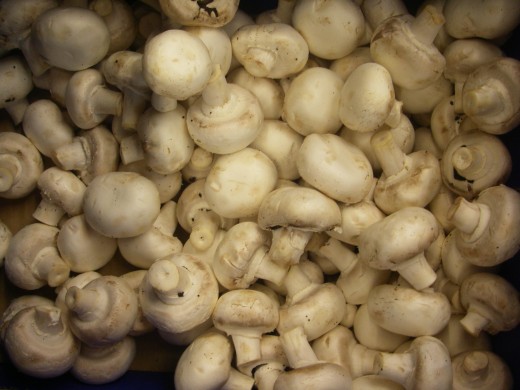
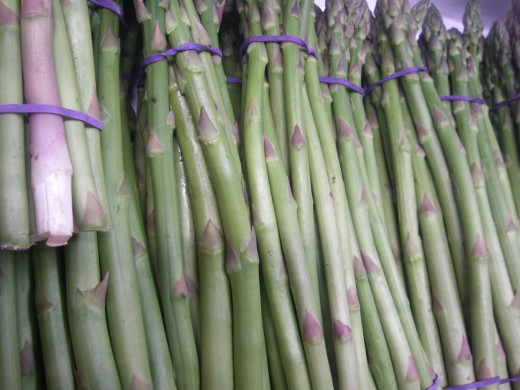
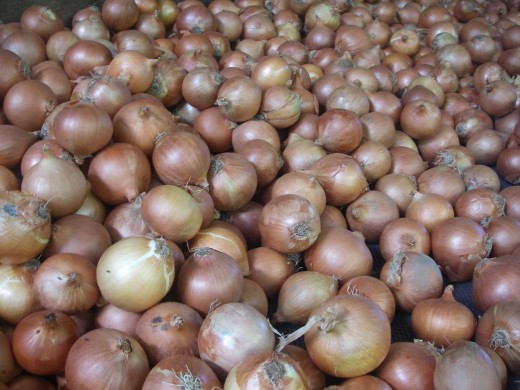
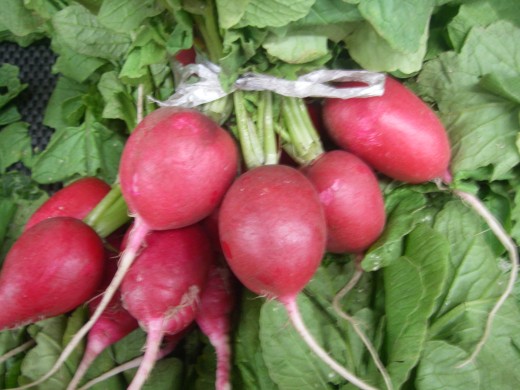
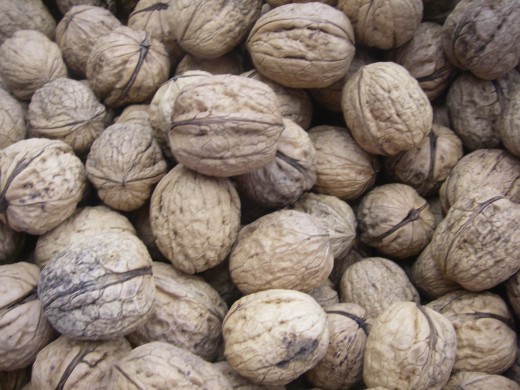
Preparing Salad Greens
PREPARING SALADS
Basic features of a good salad.
- All ingredients must be fresh, and of good quality.
- The salad must be attractive and appetising in appearance.
- It should be simple. It is easy to spoil a salad by being too elaborate, or by over-garnishing.
- The ingredients for a salad should be chosen to contrast with the main course with respect to flavour and colour.
Purchasing
It is best to purchase all fresh ingredients:
- When in season
- To a specified size
- At optimum colour
- Free of blemishes, excess dirt, and insects.
Storing fresh fruit and vegetables
With few exceptions, most fresh fruit and vegetables require refrigeration. The ideal storage temperature for salad vegetables is approximately 7-10C degrees, at 80% humidity. This temperature and humidity level prevents dehydration.
Unripe fruits, melons and tomatoes may be held at room temperature until they ripen and then stored under refrigeration. To ripen tomatoes, place them in a dry dark area.
Melons give off a characteristic odour, and should not be stored near butter or other products which might absorb their odour. On the other hand, once melons are cut, they will absorb odours, and should not be stored near strong flavoured vegetables such as cabbage.
There are a number of containers on the market for keeping lettuce crisp. The lettuce needs to be adequately washed and dried on a wire drainer or colander before it is put in the crisper. While draining in the colander it should be covered with a tea towel.
Some fresh fruits and vegetables run dark when cut and exposed to the air. Bananas, apples, pears, peaches and avocados may be sprinkled, brushed, or better still marinated in acid liquids such as lemon, lime, pineapple or orange juice, or in salted cold water. Since these fruits are usually mild in flavour, marinating not only helps to prevent discolouration, but also improves the flavour of the fruit.
Leafy greens play a role in many different salads, whether as the main ingredients or simply as a garnish or a bed for other ingredients.
Salad greens should be selected and combined carefully. It is important to keep in mind the individual flavours, colours and textures of the greens in order to produce a well balance, pleasing salad.
It is also essential to prepare the greens properly. Keep the following guidelines in mind.
- Hold greens under refrigeration until they are to be prepared and served. Clean them as close to serving time as possible.
- Clean all greens scrupulously to remove all traces of sand, grit and insects. Wash them thoroughly in plenty of cold water. Before cleaning a lettuce, remove the core from the head.
- Dry greens as thoroughly as possible after washing. Allow them to drain, and then blot them on absorbent cloth or paper towelling.
- Place the dried greens on a plastic sheet, or a tray of aluminium or stainless steel. Cover them loosely, first with lightly dampened paper towelling, and then with plastic wrap. Once prepared in this way, they may then be held under refrigeration for a few hours – during the entire service period. The more hardy varieties, such as iceberg or romaine lettuce, can be kept through the day.
- Remove any tough stems or wilted spots. If you use a knife, be sure it is sharp so as to avoid bruising the leaves. Tearing is preferable for more delicate leaves.
- Greens ready for service should be in bite-size pieces that are easy to pick up with a fork. In general, they should not be so large that a guest is required to cut them with a knife.
- Dress greens with the appropriate salad dressing as close to service time as possible so that they do not become soggy and look heavy. Use only enough dressing to coat the greens lightly. There should not be a pool of dressing at the bottom of the salad bowl or plate.

